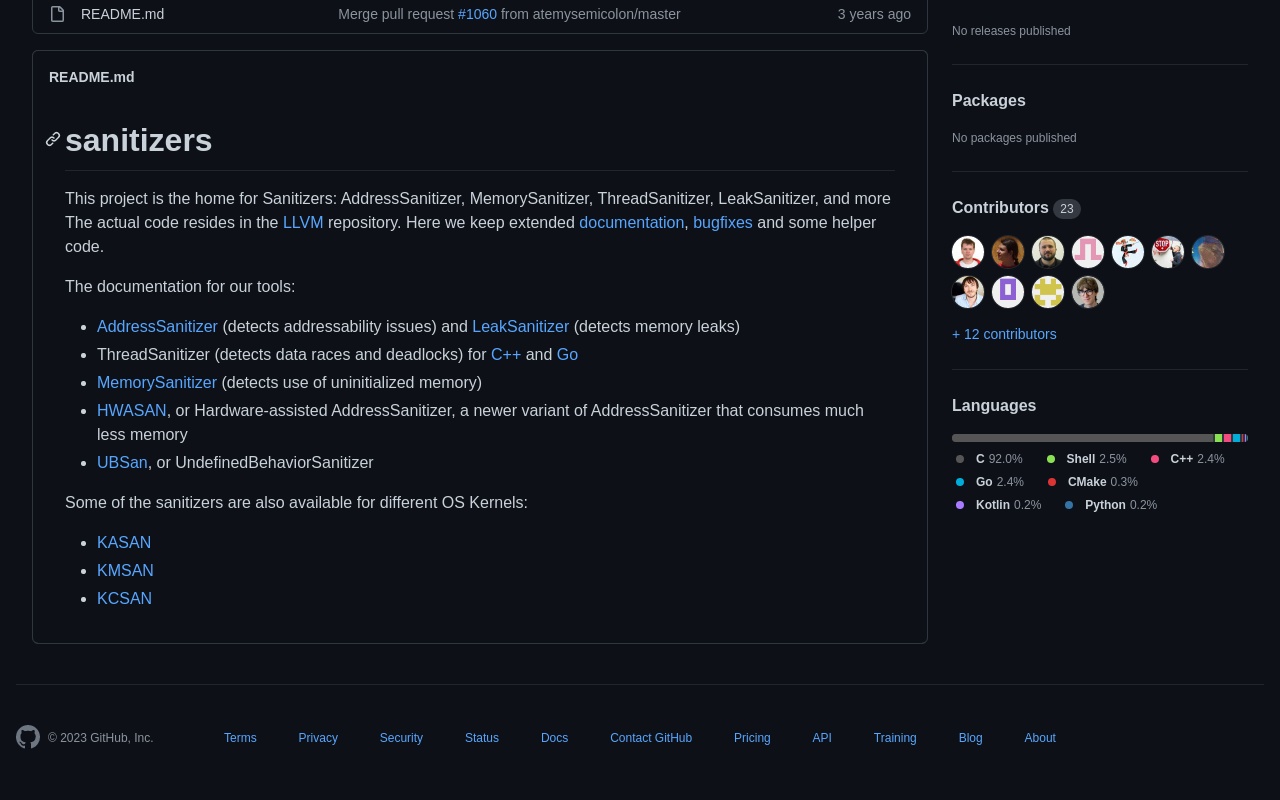Google is committed to making Android the most secure mobile operating system on the market. One of the ways they do this is by using Clang sanitizers to identify and fix vulnerabilities in the Android baseband.
What are Clang sanitizers?
Clang sanitizers are a collection of tools that can be used to statically analyze C/C++ code and identify potential memory corruption vulnerabilities. These vulnerabilities can be exploited by attackers to gain access to sensitive information or take control of a device.
Clang sanitizers work by instrumenting the code with additional checks that detect memory corruption at runtime. These checks can be used to identify vulnerabilities before they are exploited, allowing developers to fix them before they can be used by attackers.
How are Clang sanitizers used to improve Android security?
Google is using Clang sanitizers to improve the security of the Android baseband, which is the software that manages communication with cellular networks. The baseband is a critical piece of software, and it is often targeted by attackers.
By using Clang sanitizers, Google has been able to identify and fix a number of vulnerabilities in the Android baseband. This has made the Android baseband more secure and less vulnerable to attack.
Benefits of using Clang sanitizers
There are a number of benefits to using Clang sanitizers to improve Android security. These benefits include:
- Improved security: Clang sanitizers can help to identify and fix vulnerabilities in the Android baseband, making it more secure and less vulnerable to attack.
- Reduced crashes: Clang sanitizers can also help to reduce the number of crashes that occur in the Android baseband. This can lead to a more stable and reliable user experience.
- Improved performance: In some cases, Clang sanitizers can actually improve the performance of the Android baseband. This is because they can help to identify and fix bugs that can slow down the software.
Future of Clang sanitizers
Google is committed to using Clang sanitizers to improve the security of the Android baseband. They are also exploring ways to use Clang sanitizers to improve the security of other parts of the Android system.
The use of Clang sanitizers is a promising approach to improving Android security. It is likely that we will see more use of Clang sanitizers in the future, as Google continues to work to make Android the most secure mobile operating system on the market.
Additional resources
https://clang.llvm.org/docs/MemorySanitizer.html
https://github.com/google/sanitizers/issues/1100
Conclusion
Clang sanitizers are a powerful tool that can be used to improve the security of Android. Google is committed to using Clang sanitizers to make Android the most secure mobile operating system on the market. By using Clang sanitizers, Google has been able to identify and fix a number of vulnerabilities in the Android baseband. This has made the Android baseband more secure and less vulnerable to attack.
I hope this blog post has been informative. If you have any questions, please feel free to leave a comment below




Leave a Reply